Ford Revises Dealer EV Requirements

In what could be a tacit admission the transition to electric vehicles is going approximately as smoothly as a Michigan secondary road, it is being reported that suits at the Blue Oval are rolling back some of the requirements demanded of dealers in order to shill EVs to customers.
According to those in the know at Automotive News, Ford is slashing the required dealer training on electron eaters in half, while also cutting the number of EV chargers a retailer must install. As an example, storefronts popping for the so-called Certified Elite badge of honor now need only install a trio of Level 2 chargers instead of the previous suggestion of five. As well, the requirement of building a burly Level 3 DC fast charger sometime before 2026 has been removed from the agreement altogether.
Meanwhile, dealers fronting for mere Certified (sans Elite) status are on the hook for just two Level 2 chargers, again down from the previous watermark of five. Deadlines for the work to be completed in either case has been pushed back to the end of next June. Supply chain and infrastructure problems are being blamed for the changes.
Of course, our readers in the B&B know the difference. These alterations smack to high heaven of dealer pushback, showing up in the form of loud declarations from Dealer Principals to Area Managers about cost, timing, and color of the showroom tiles. In fact, over two dozen dealers in the state of Illinois successfully pursued a legal case in which they argued the old program violated state franchise laws. As anyone with half a brain would expect, many complaints were lodged about the cost of Level 3 chargers, most of which can recharge an EV in jig time but can hoover up a six-figure invoice without blinking. Dealers apparently argued that slow Level 2 chargers were more than sufficient to keep new EVs full of juice for test drives.
It is worth noting that Level 2s are widely available from a host of different providers – both for commercial and residential installations – and are popping up quicker than kudzu in Kansas. Alert readers will also question how much language is in these agreements requiring dealers keep the chargers in good working order after installing them. If that caveat is not present, there’s every chance in the world those chargers - placed by unwilling dealers who also surely complain about giving away free electricity – will be deader than disco in no time.
[Images: Ford]
Become a TTAC insider. Get the latest news, features, TTAC takes, and everything else that gets to the truth about cars first by subscribing to our newsletter.

Matthew buys, sells, fixes, & races cars. As a human index of auto & auction knowledge, he is fond of making money and offering loud opinions.
More by Matthew Guy
Latest Car Reviews
Read moreLatest Product Reviews
Read moreRecent Comments
- Redapple2 Do your drinking at home !
- Redapple2 Chicago used to a great town. Shame.
- Redapple2 Why are Tesla sales falling?
- Ras815 It's insane they would go through all of that added expense and time to ship to Italy and back, all for noticeably inferior workmanship on their flagship product. A harbinger of GM's increasingly questionable decision-making, perhaps?
- ChristianWimmer US-spec 380SLs were especially asthmatic thanks to the emissions regulations. In Europe these were considered quite “quick” and powerful. They are slow cars by todays standards but excellent cruisers so this 380SL is perfect for someone who just wants a solid, open-top cruiser and not a weekend drag racer.IIRC the 560SL had a torque advantage over the European 500SL, but the 500SL was ultimately the quicker car.I own an ‘89 500SL R129 and despite the 326-horsepower torquey V8, it’s 0-100 km/h “performance” is held back by the 4-speed automatic and 2-ton weight. Even in their day these cars were not intended for drag racing or 0-100 km/h bragging times. They are cruisers meant to be enjoyed in a responsible manner. Plus, driving faster than 120-130 km/h with the top down or the soft top closed results in high wind noises for the former and a loud fluttering cloth top for the latter. As a result I drive a maximum of 110 km/h on the Autobahn with the top down or 120-130 km/h with the top up.



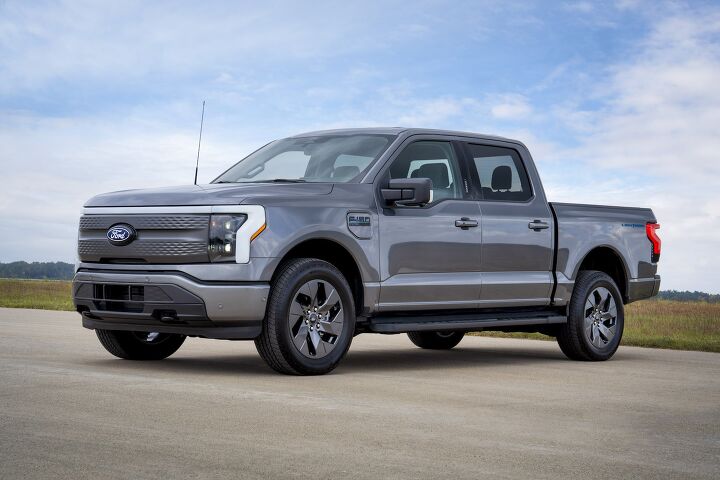















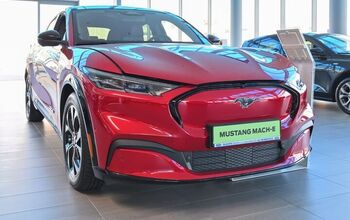

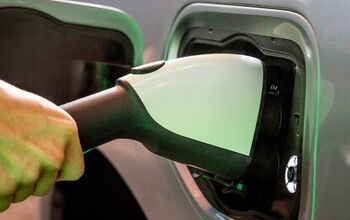
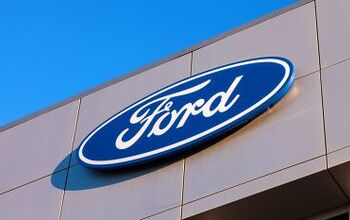
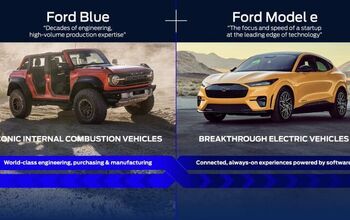





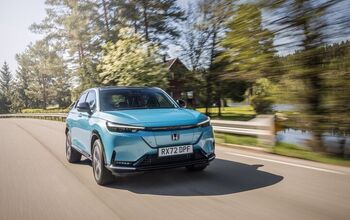




Comments
Join the conversation
Climate change - the undefinable term that just results in more government and less freedom.
where is Lido when you need him?